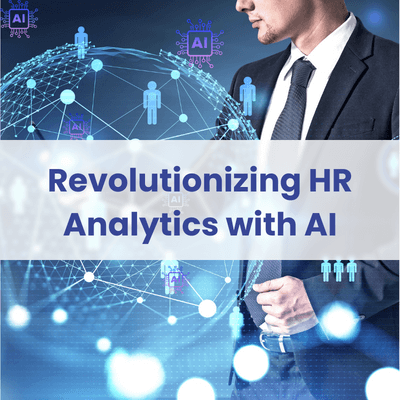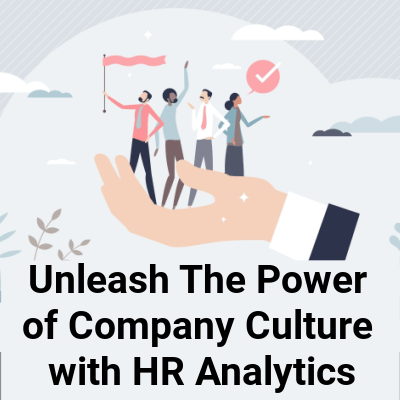Let us clarify some facts – improving workforce analytics requires more than merely evaluating the annual employee satisfaction survey report. That is because those factors will not let you know who is influential, who knows what, what is important to your employees, and how they feel in the company. But answering these questions can only benefit your organization.
For example, Google estimated that cutting new hire onboarding time from nine to six months saved the company $400 million. Similarly, IBM's former CEO, Ginni Rometty, revealed that the company saved nearly $300 million in retention costs in its predictive attrition program. Likewise, shoe retailer Clarks discovered that a single percentage point in employee engagement is worth an additional 0.4% in improved business performance. Therefore, it is fair to state that studying the human side of your company will benefit all.
However, as it is so frequently the case, when it comes to the actual implementation, the excitement of people analytics itself has outrun the execution. This could be, in part, either due to a partial understanding of the technology or perhaps simply resistance to change. However, when done right, workforce analytics can benefit all.
Doing it Right
Most companies take a restricted approach to data analysis, relying just on structured data – any data in a structured pre-defined data model. In an organization, structured data for workforce analytics consists of survey data, spreadsheets, weblog statistics, etc. However, unstructured data such as emails exchanges, chats, files, etc., about people are just as vital, if not more so.
Therefore, you need to mine their digital exhaust – the data created by your employees daily in the form of digital transactions such as emails, documents, Microsoft 365, Teams, and other file repositories for a far more complete and relevant data feeds for your business analytics repositories.
Discarding the Sandbox Approach
That can be achieved by discarding the 'sandbox' approach to data mining, where data is first selectively isolated for analytics purposes. This approach has been widely adopted mainly because of an assumption that it would be impossible to scour through the entire 'beach' of data. But that is not the case anymore. There are solutions that allow you to search through the entire beach on demand.
Eliminating Latency
If you've been into data mining, workforce analytics, or even records management, you would know how much time it takes to access data, export it, and analyze it to extract valuable insights. But what if the files could be managed or analyzed in their source location without having to make another data copy?
The process is known as in-place management, which helps avoid the cost and risk of making another data copy by giving the flexibility of managing the bulk of the unstructured data virtually, i.e., an efficient and fast information management system.
Embedded Governance
Apart from the abovementioned, governance considerations must also be taken into account. Firms are obliged to adhere to data privacy and security regulations. But when you are creating a copy for data analysis, you may also be increasing privacy exposure. Furthermore, by sandboxing the data pool, you create another silo, increasing the risk of incomplete or outdated information. Therefore, ensure that your people analytics solution discards the sandbox approach, eliminates latency, and covers the privacy compliance factor.
To reiterate, companies can better identify individuals who can assist them reach their objectives by implementing them into their workforce analytics initiatives, whether for improved creativity, impact, or efficiency. Firms will also learn which key players they cannot afford to lose and where their businesses' silos reside. But all of that is possible if you take the right approach to people analytics with the right tools and methods. To learn more about the benefits of workforce analytics and which tools can fulfill your requirements, reach out to our experts here.



